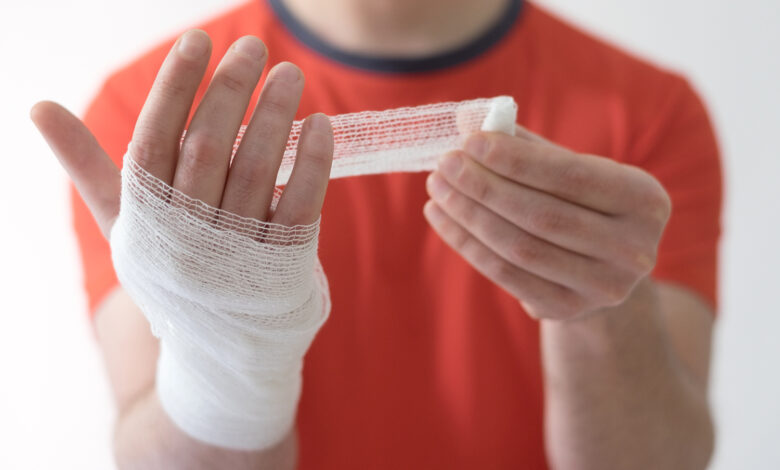How to treat minor burns

Protecting skin pays both short- and long-term dividends. In the short-term, concerted efforts to protect the skin, which can be as simple as applying sunscreen before spending time in the sun, can prevent the pain associated with first-degree burns like sunburns. And over the long haul, such measures can dramatically reduce a person’s risk for skin cancer, a potentially deadly disease that the World Health Organization reports affects as many as 3.1 million people each year.
Though it’s in everyone’s best interest to prioritize skin protection at all times, burns still happen. Second- and third-degree burns can be severe, and such burns often need to be addressed by medical professionals. But the American Academy of Dermatology notes that most first-degree burns, which can include sunburns, can be treated at home. Proper treatment of such burns is essential, and the AAD offers these tips to help people treat first-degree burns at home.
Cool the burn. First-degree burns should be cooled for about 10 minutes, or however long it takes for the pain to subside. Burns can be immersed in cool tap water, or victims can apply cold, wet compresses to cool the affected area(s).
Apply petroleum jelly each day. The AAD notes that it’s important to apply only petroleum jelly to affected areas. Old wives’ tales may suggest that ointments, toothpaste or butter can be applied to burns, but such substances can cause infection. The AAD advises against applying topical antibiotics as well.
Do not pop blisters and cover burns with nonstick, sterile bandages. Areas that have blistered should be allowed to heal on their own but can still be covered. Popping blisters can increase the risk of infection, so avoid the temptation to do so. Use nonstick, sterile bandages that can be easily removed and won’t contribute to infection.
Take steps to mitigate pain. First-degree burns are generally considered minor, but they can still be painful. If the pain is significant, over-the-counter medications like acetaminophen or ibuprofen can alleviate pain and reduce inflammation.
Protect skin from the sun. Make a concerted effort to protect areas that have healed from first-degree burns from the sun. Seeking shade, applying a broad-spectrum, water-resistant sunscreen with a minimum sun protection factor (SPF) of 30 and wearing protective clothing can minimize scarring in areas of the skin that have healed from first-degree burns.
The AAD notes that most first-degree burns can be treated at home without the need to consult a medical professional. However, the AAD advises the elderly and parents of infants who have suffered first-degree burns, as well as anyone who thinks their burn is severe, to seek immediate medical care.




